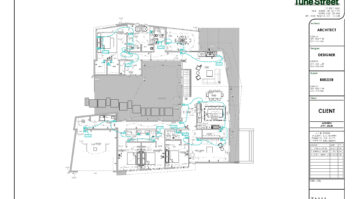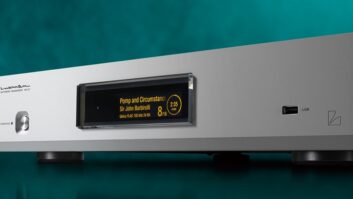Radio sucks.
I live mere minutes from work, as in 1.65 miles. This doesn’t give me a chance to listen to much radio, and yet I find myself changing the radio station multiple times during my short commute. If I’m planning to be in the car for any length of time I connect my iPhone to listen to a podcast or play music via the Bluetooth in my car.
Pardon my opening sentence, but radio has failed to change with the times. It is filled with commercials, and not just commercials, but terrible, loud, annoying, commercials. On the business side, I am bombarded by radio salespeople who will say anything to make the sale.
“Hi Heather. You don’t support drunk driving, do you? A drunk driver killed my best friend. It was a terrible time for his six kids. Today we’re asking local businesses to help remind our dear listeners not to drink and drive; which I’m sure you’ll help us out with. Can you hear me?” And then they launch into an ad where your company reminds the public not to drink and drive this season. This is all said in one breath. No chance to interrupt and you feel so guilty by the end, you say yes. Sales by guilt-trip.
Now I don’t think anyone who hears an advertisement like this thinks, “You know what? I’m not going to have that last drink. I’m so happy that company reminded me not to drink and drive.” I also don’t think that a potential client thinks, “Remember when that company reminded us not to drink and drive? Let’s go there to buy our next system.”
Other stations will try to sell you more than the spot itself. “Sign up with us for 13 weeks, and we’ll discount the banner ad on our website for you.” I have never in my life gone to a radio station’s website, so this does not add any value for me. The entire “system” seems broken. I’m sure these ruthless sales tactics are due to desperate times or maybe this is just happening in Buffalo…or maybe not.
Days after Apple released iTunes radio, they said they had already picked up 11 million listeners. While this may have hurt Pandora, whose trading shares were down about 10 percent, I’m betting that long term it will be good ol’ fashioned radio that sustains the worst injury.
According to the Annual Music Study, 41 percent of the U.S. is streaming digital download music in the car. Those are big numbers. (If you’re one of those 41 percent and worried you might hit your data cap, read my August article, How Much is 2 GB of Data and Why Should We Care.)
You may not need to worry about your data cap for too long. Simon Fleming Wood, Pandora’s chief marketing officer, recently announced, “The vehicle is the traditional home of radio and thanks to our deep roster of forward-thinking automotive partners, Pandora has been seamlessly incorporated into the dash of more than 100 different vehicle models made available by our partners. We’re thrilled that millions of people are enjoying Pandora through these integrations, which make listening to personalized Internet radio as easy as AM/FM radio.”
(Did you hear that? That was the sound of another nail in the coffin of terrestrial radio.)
Approximately half of all radio listening takes place in the car, and if manufacturers make Internet radio as simple to use as AM/FM, then things will really begin to change. GM announced that most of its 2015 models will offer embedded 4G modems for constant connectivity, eliminating the need to pair your phone or your your data. I’m betting some form of emergency breakthrough system won’t be far behind.
Why is this important to custom integrators? It changes the way we’re quoting systems. I have to remind myself to ask the client if they even listen to AM/FM. I have not had traditional radio available in my house for years and have never missed it. Do you still quote an AM/FM tuner into your whole-house audio distribution systems? Should you be? Just as we stopped quoting component distribution, isn’t AM/FM radio part of the analog sunset?
Unless radio finds a solution, and quick, we may see it gasp for its last breaths in our lifetime.
What do you think?

Heather L. Sidorowicz is project manager/designer for Southtown Audio Video in Hamburg, NY.







